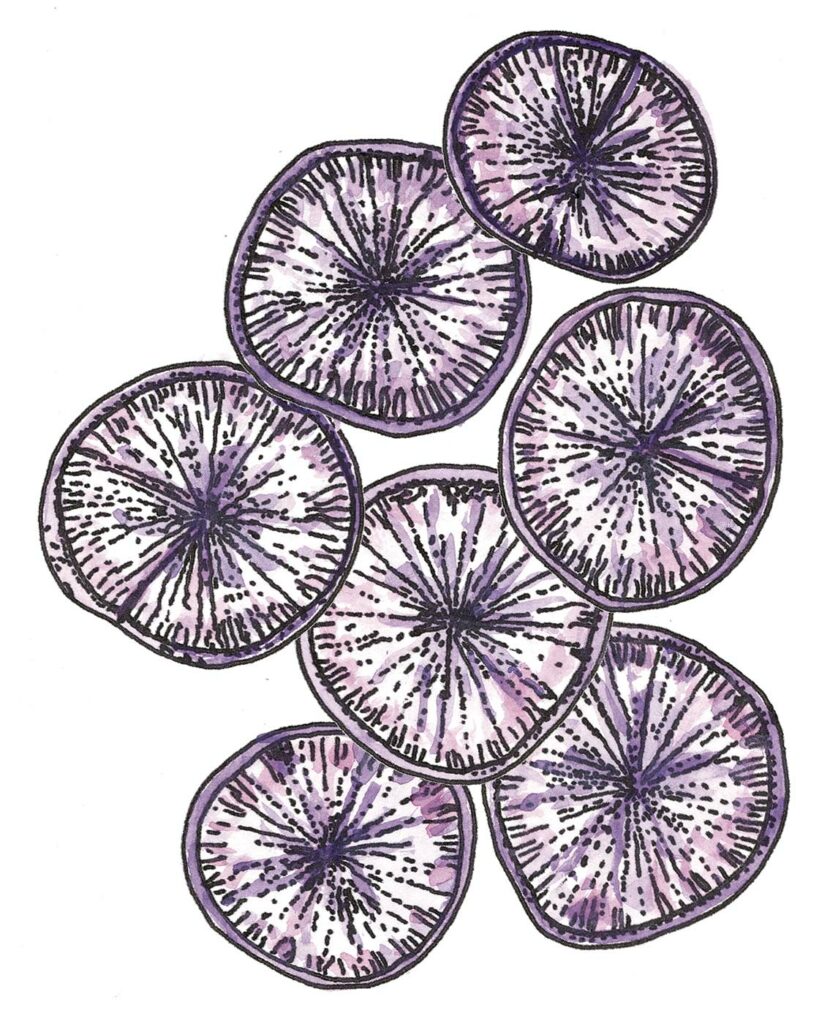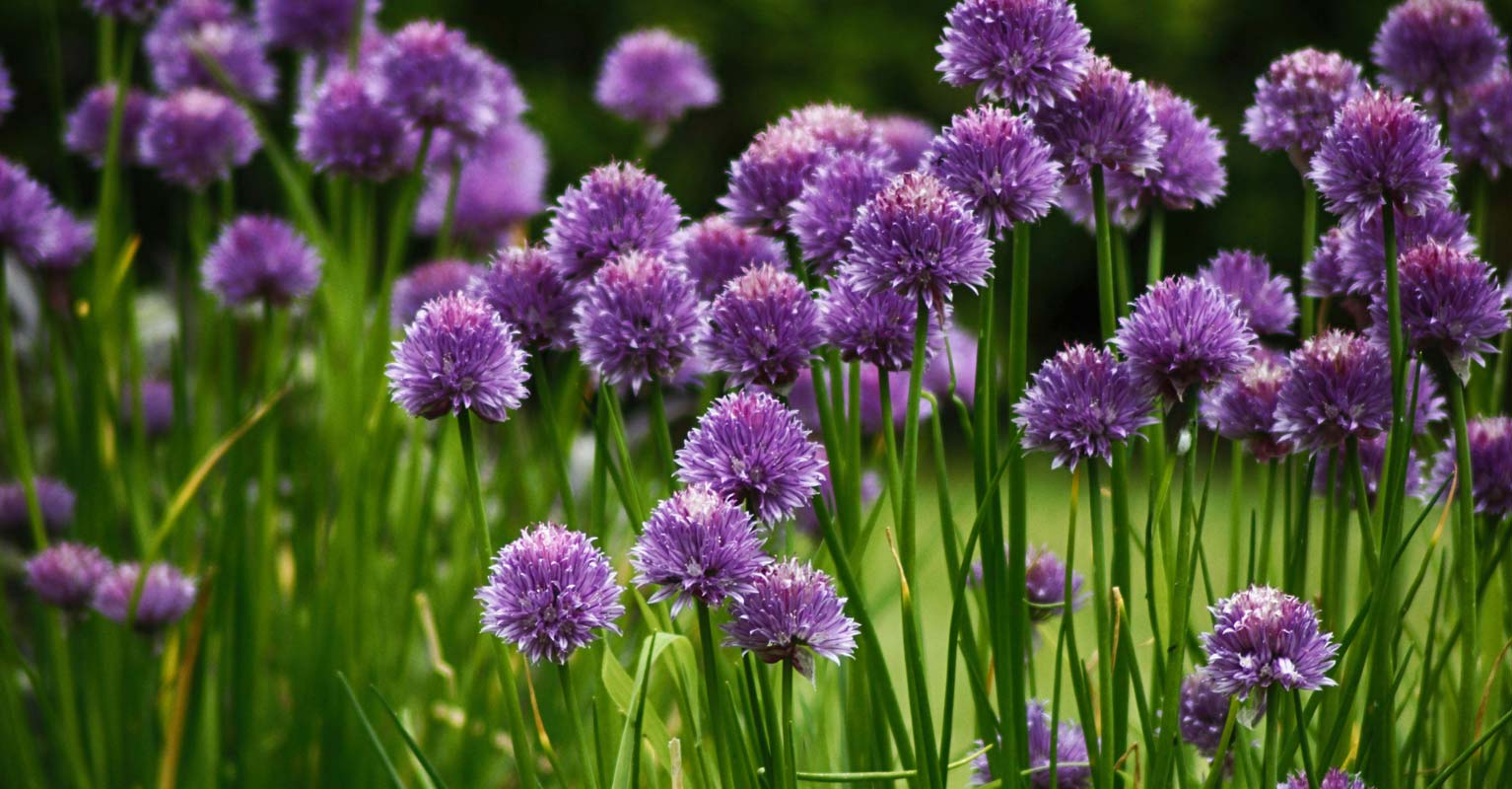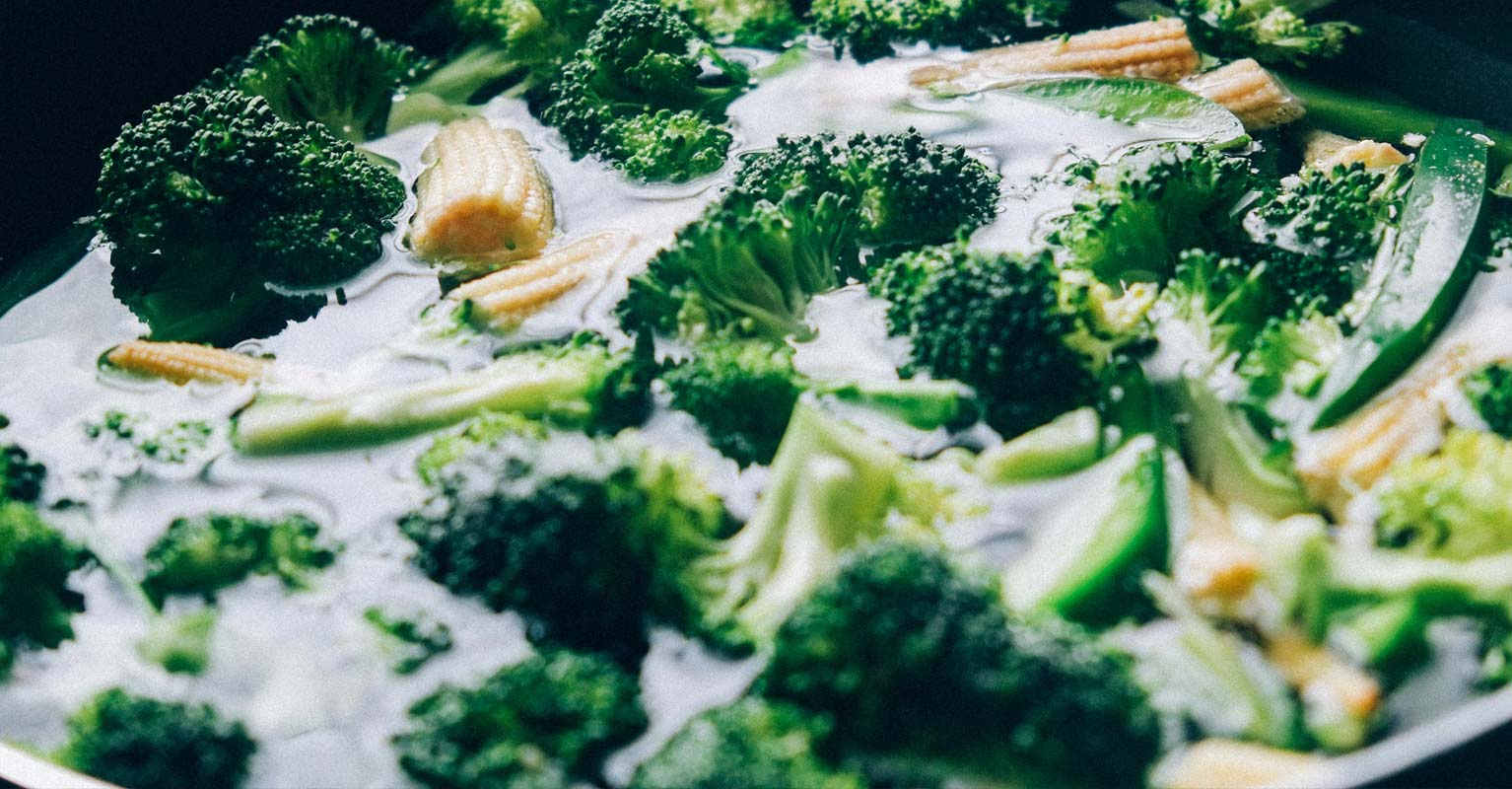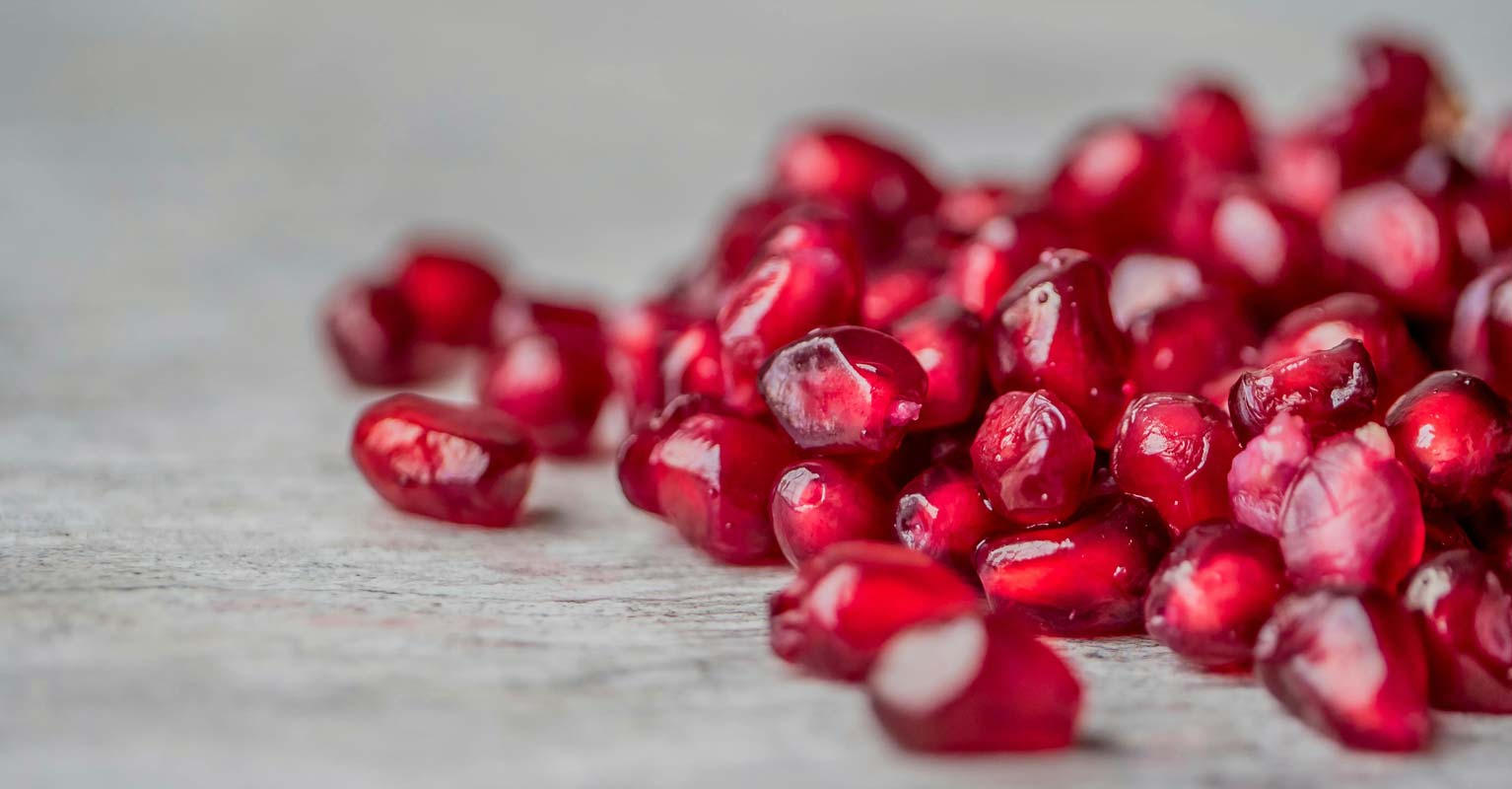PURPLE DAIKON RADISHES

Surprising beauty can be found in roots, lying just below their skins. Rinse daikon radishes with water and get out a knife to reveal vibrant colors and intricate patterns. Radishes keep well in the refrigerator, so stash a few and take comfort in knowing that in any season you can have a vegetable on hand that can bring a little joy to dinner.
Daikon radishes are pleasantly crisp due to their high water content, and their mild peppery flavor makes a nice accent to a rice bowl, ramen, or salad. You can cook radish too, by boiling, steaming, sautéing, or roasting in the oven. As recommended by Tamar Adler in An Everlasting Meal: Cooking with Economy and Grace, add them to a sheet pan dinner, mixing with potatoes, beets, and perhaps chicken quarters or sausages. When finished in the oven, scatter with a couple handfuls of arugula and serve with a salsa verde made of parsley, garlic, lemon zest, and maybe an anchovy.
CURLY KALE
As I write for the fall issue in August, my garden is bursting with kale thanks to starts I purchased from Amaltheia Organic Dairy back in May. I planted eight lacinato (dinosaur) and eight curly, and the latter has become my favorite—it’s such an exuberant grower.
I enjoy snapping off a couple dozen leaves for a batch of white bean and kale soup (recipe available at ediblebozeman.com) and a side of kale chips. I tend to think of kale varieties as interchangeable but green curly kale does make the best chips. The ruffled edges keep it up off the sheet pan which helps it crisp faster, preserving the beautiful color.
LEEKS
Keep your eyes out for local leeks this fall and know that you can use them as you would an onion. You can also make leek tarts, braise them in white wine, or stir up a pot of potato leek soup. The tastiest parts are the white bulb and the lightest green leaves, so leave the dark green ones in your stash for making stock or send them to the compost.
Leeks are beloved in the culinary world because of their slightly garlicy, slightly oniony flavor and for their meltingly delicious texture, especially when braised on their own or in stews. Be sure to clean them thoroughly, as soil can accumulate between the layers. The easiest way to get the job done is to cut off the root and a few inches of the dark green leaves, then split them lengthwise for a rinse or dunk in water.




